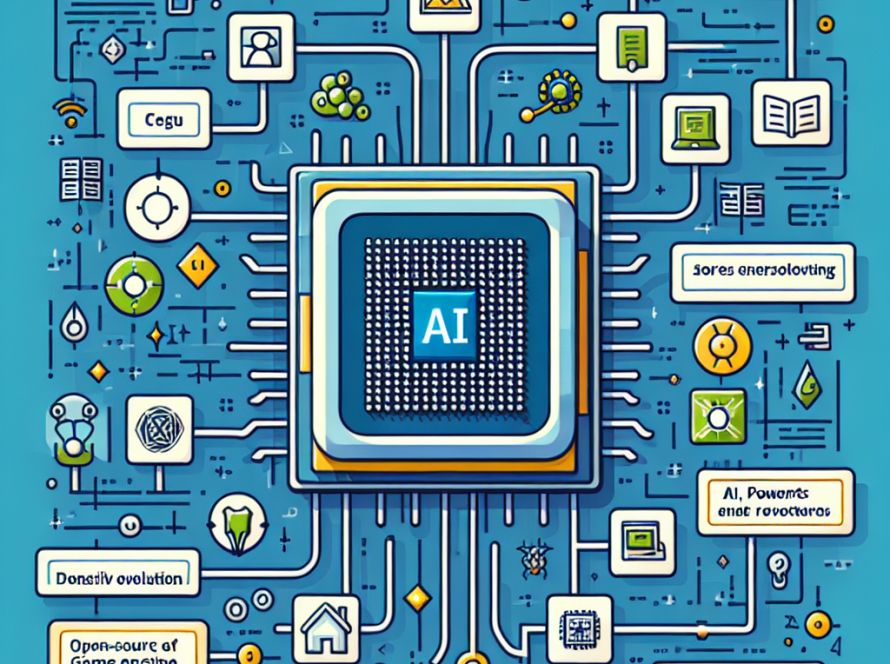Amazon SageMaker Studio and Amazon SageMaker Canvas are powerful tools by AWS designed for machine learning (ML) development and operation. SageMaker Studio is a web-based, integrated development environment (IDE) allowing users to build, train, debug, deploy, and monitor ML models. SageMaker Canvas is a no-code ML tool enabling business and data teams to craft accurate predictions without the need for coding or in-depth ML experience.
However, requirements may push users to transition from a no-code environment to a code-focused one – this is where the integration between SageMaker Canvas and SageMaker Studio comes into play. This blend caters to non-ML experts such as business analysts, developers, data engineers and ML experts who require a high-code approach to some parts of the ML lifecycle.
The post introduces two solutions to facilitate this. The first showcases how models can be shared across SageMaker Canvas and SageMaker Studio. This makes it easy for non-ML and ML experts to collaborate in their preferred environments. Secondly, the process of sharing a model from SageMaker Canvas to SageMaker Studio is detailed, showing ML experts how to transition from a low-code/no-code (LCNC) approach for development to a high-code approach for production.
Two pathways to transition between no-code and code-first ML with these platforms are outlined. Option 1 is SageMaker’s Model Registry, which allows Canvas users to register their models and kick-start a governance workflow for ML experts to review, approve or reject the model. This offers built-in governance and approval tracking, though there is limited visibility on the model code and architecture.
Option 2 is Notebook export, which enables full sharing of the notebook from Canvas to Simple Storage Service (S3) then to ML experts at SageMaker Studio. This provides complete visibility and customization of the model code and logic before deploying the enhanced model. However, this method requires manual export and import of the notebook into the IDE.
The user journey is broken down into phases: Share, Review, Approval and Deploy. The prerequisites involve setting up an AWS account and creating an administrative user and a group.
The authors conclude by noting that previously, model sharing was only possible to SageMaker Canvas in SageMaker Studio Classic. With the described procedures, collaboration across teams and a smooth transition from a no-code to high-code deployment can be achieved.
Rajakumar Sampathkumar, Meenakshisundaram Thandavarayan, and Claire O’Brien Rajkumar are at the helm of various teams at Amazon AWS, bringing a wealth of experience in cloud technologies and ML to their roles, with a focus on the evolution of SageMaker.


